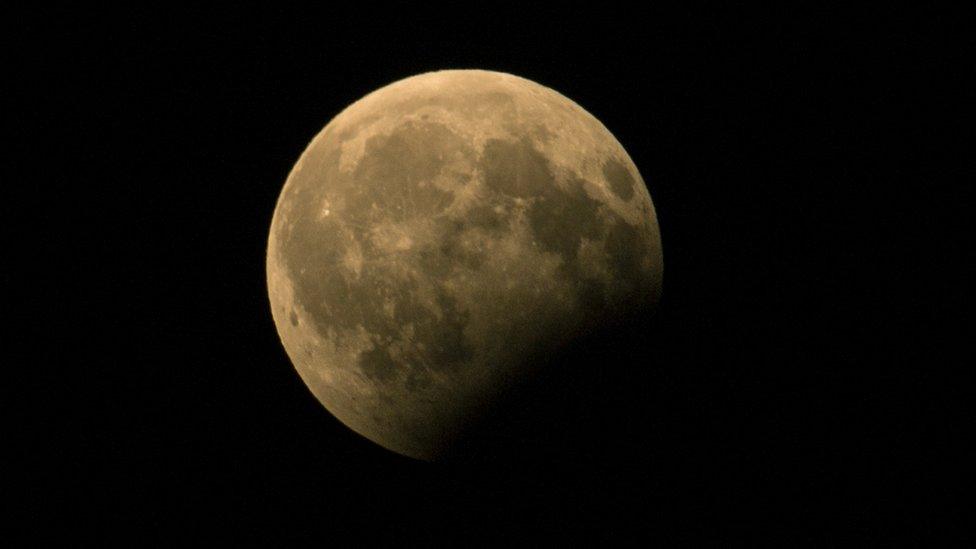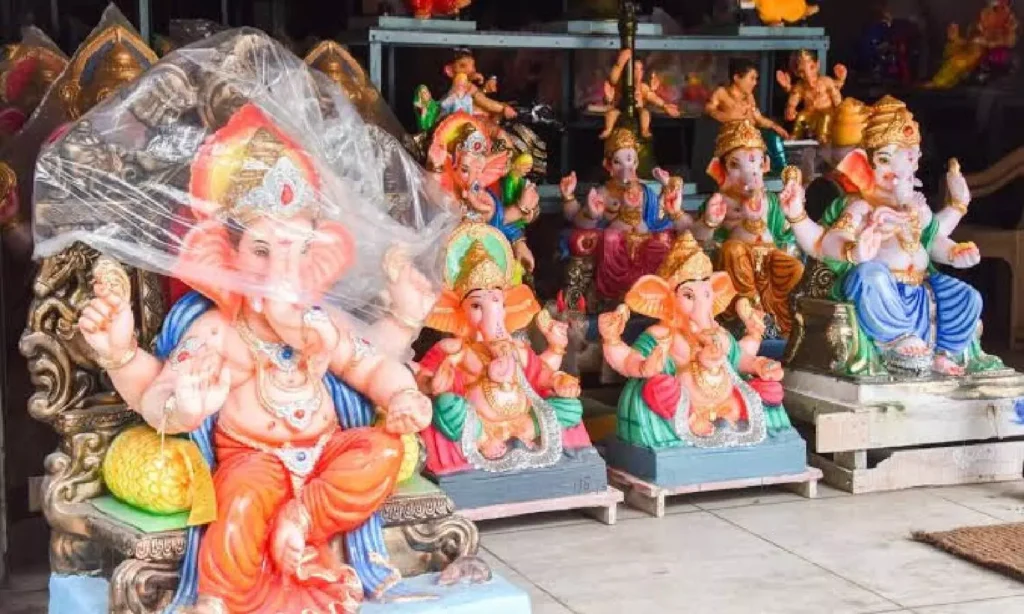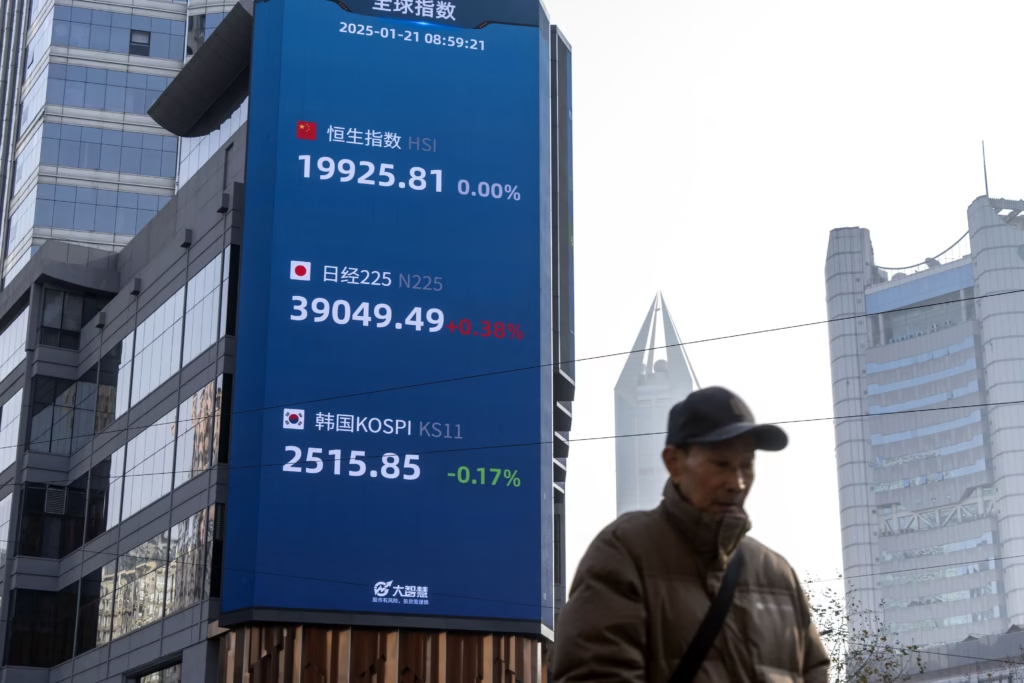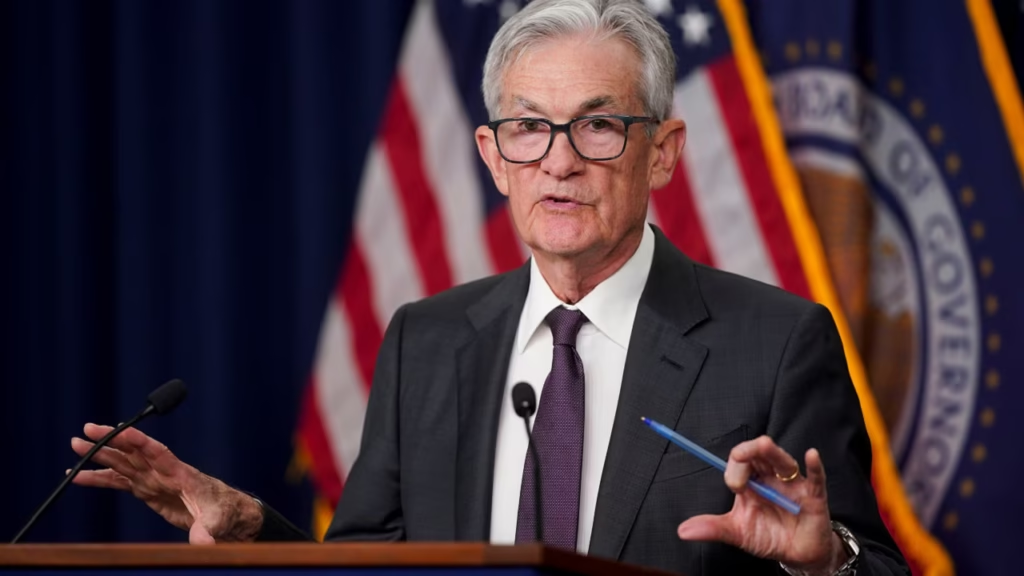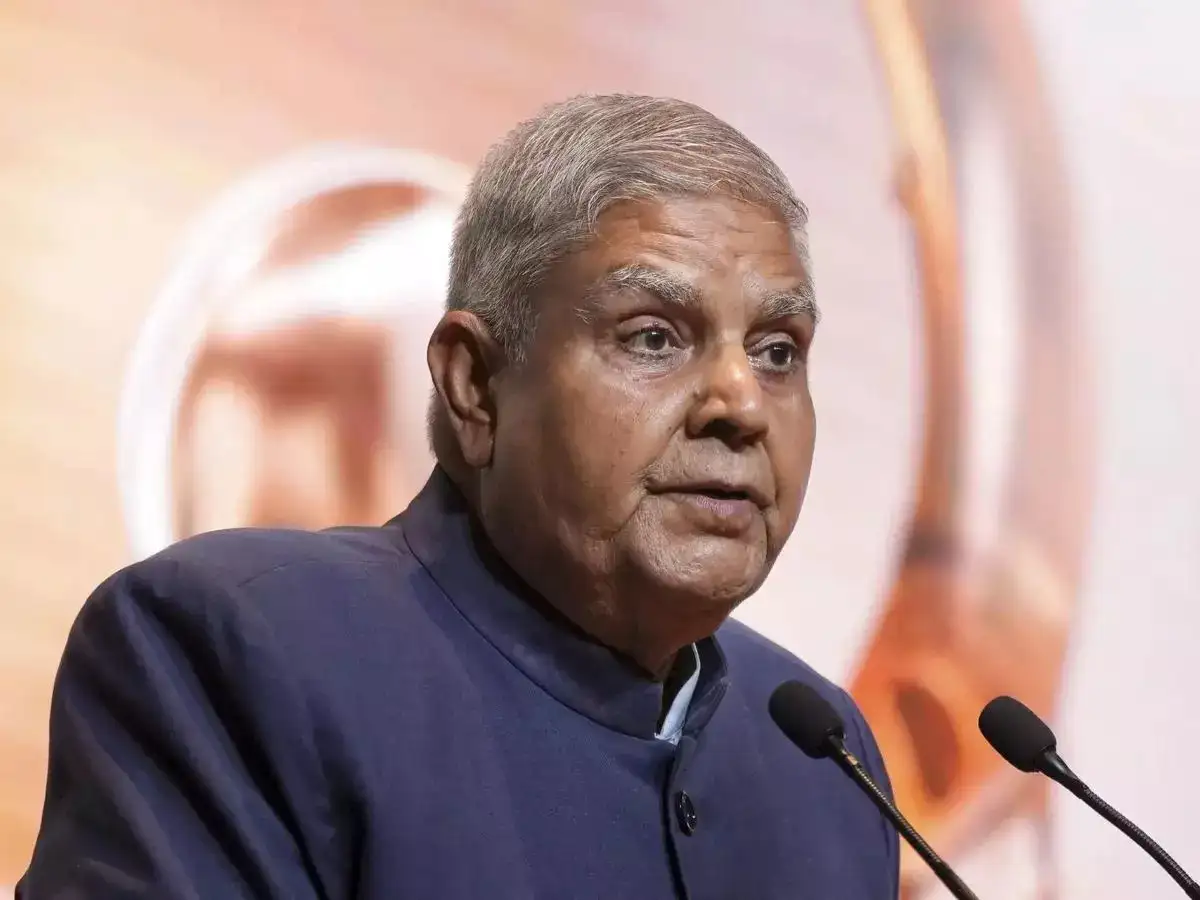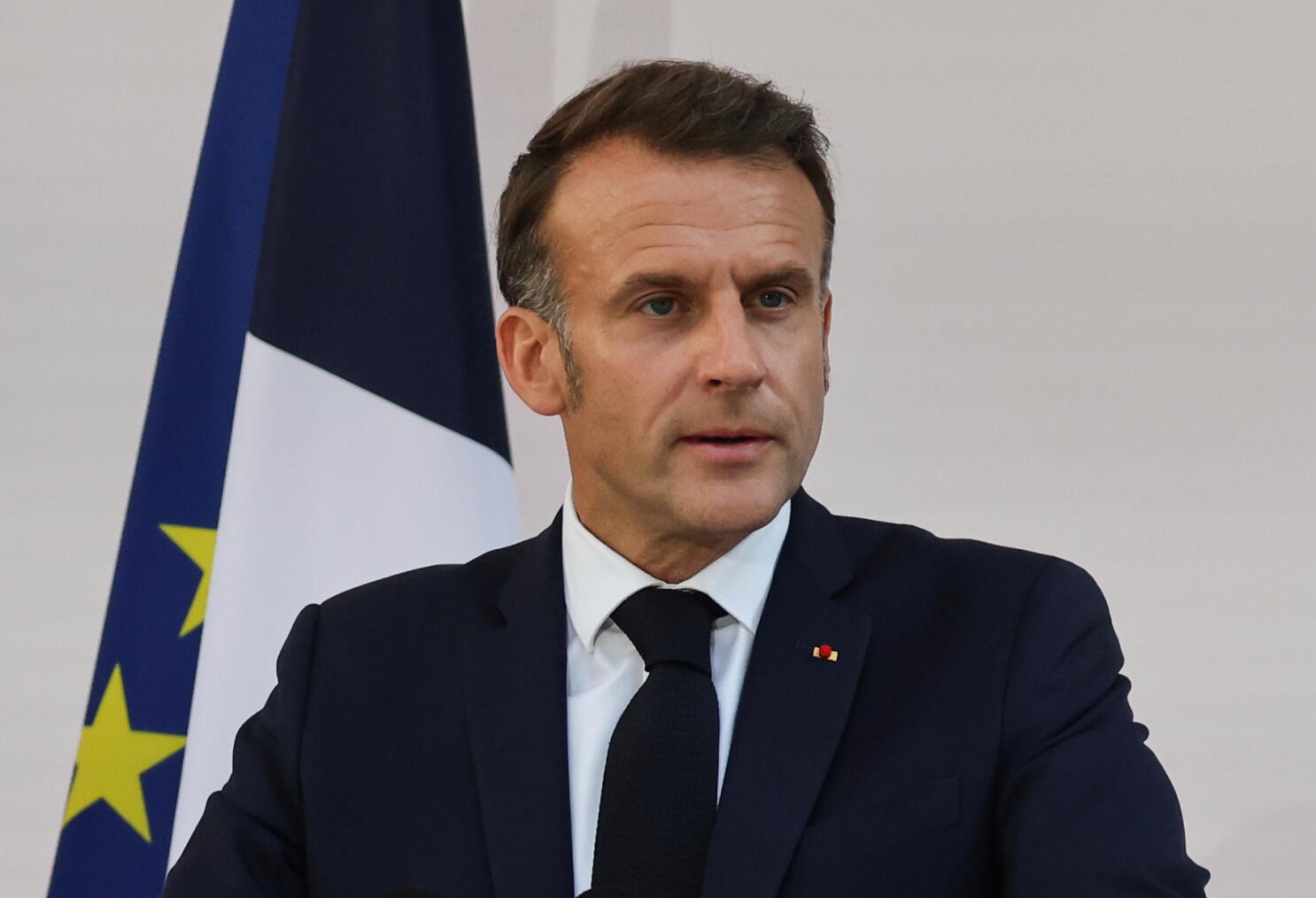Now Reading: PM Modi Becomes India’s Longest Serving Prime Minister Without a Break, Overtakes Indira Gandhi
-
01
PM Modi Becomes India’s Longest Serving Prime Minister Without a Break, Overtakes Indira Gandhi
PM Modi Becomes India’s Longest Serving Prime Minister Without a Break, Overtakes Indira Gandhi
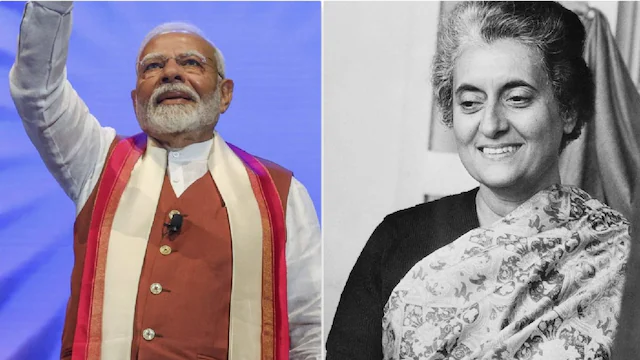
Prime Minister Narendra Modi has now officially surpassed former PM Indira Gandhi in terms of uninterrupted tenure, marking a new milestone in India’s political timeline. As of this week, Modi holds the record for the longest continuous term served by any Indian Prime Minister, a statistic that reflects both political stability and changing electoral dynamics in the country.
What This Milestone Means
Narendra Modi took charge as the Prime Minister on May 26, 2014, following a sweeping majority win by the BJP-led NDA. Since then, he has completed over 10 years in office without a break, overtaking Indira Gandhi’s earlier record of just under 10 years during her first stretch as PM between 1966 and 1977.
This milestone isn’t just a number—it reflects the BJP’s consistent performance in national elections and the trust its leadership has managed to build across vast and diverse sections of Indian society.
The Historical Context
Before Modi, Indira Gandhi was the only leader to hold the PM office for such a long, unbroken stretch. Jawaharlal Nehru remains India’s longest-serving Prime Minister overall, but his tenure was marked by the post-independence phase where Congress dominance went largely unchallenged.
Modi’s rise and his uninterrupted service span across a period of increasingly competitive and polarized political landscapes. Holding power continuously in such an era is seen as politically significant.
Public Support and Political Strategy
One reason for Modi’s sustained leadership has been his appeal in both urban and rural areas, especially in Tier 2 and Tier 3 cities. His government’s focus on infrastructure, welfare schemes, and digital access in smaller towns has contributed to his image as a strong, hands-on leader.
At the same time, his political style—centralized decision-making, strong messaging, and a focus on nationalism—has kept his core support base firmly intact.
Criticism and Challenges Remain
Despite this historic run, Modi’s leadership has not been without criticism. Issues like unemployment, inflation, and handling of sensitive social matters continue to be points of debate. His critics argue that longevity in office doesn’t necessarily translate to equitable governance or institutional balance.
However, his supporters see the continued mandate as a signal of political trust and long-term policy vision.
Conclusion
With this new record, Narendra Modi steps into a unique space in India’s political history—one that very few have reached. As he continues his third term in office, the coming years will determine whether his leadership leaves a lasting institutional legacy or remains defined by electoral victories. For now, the uninterrupted tenure marks a rare feat in a democracy as vibrant and complex as India.
